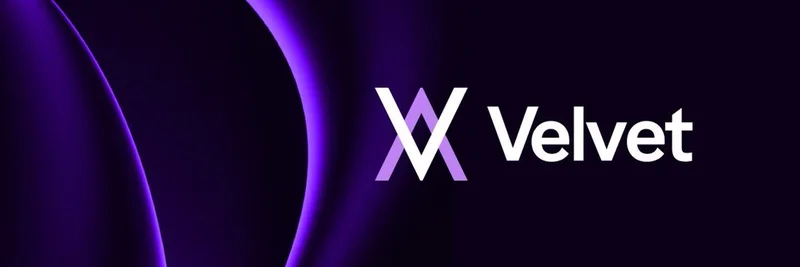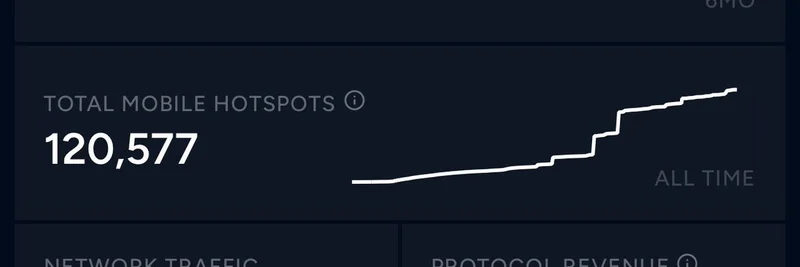In the ever-evolving world of cryptocurrency, insightful comparisons often spark excitement among investors and enthusiasts alike. Recently, Arjun Khemani, a notable figure in the crypto space, took to X (formerly Twitter) to draw a compelling parallel between Bitcoin (BTC) and Zcash (ZEC). His post highlights how Zcash's recent milestone could signal the start of something big.
Here's what he had to say:
Emissions Curve
Bitcoin couldn't sustain a price above $1,000 until after its second halving—then it went parabolic. Zcash has the same fair, front-loaded emissions curve and has just crossed its second halving. The setup is identical and Zcash will soon enter price discovery.
This concise yet powerful observation has caught the attention of many in the blockchain community. But what does it all mean? Let's break it down step by step, especially if you're new to these concepts.
Understanding Halvings and Emissions Curves
First off, what's a halving? In cryptocurrencies like Bitcoin and Zcash that use proof-of-work (PoW) mining, a halving is an event where the reward for mining a new block is cut in half. This happens at predetermined intervals—every 210,000 blocks for Bitcoin, which roughly translates to every four years. The purpose? To control the supply of new coins entering the market, mimicking the scarcity of precious metals like gold.
Zcash, launched in October 2016 as a privacy-focused fork of Bitcoin, inherits the same total supply cap of 21 million coins and a similar halving schedule. Its "emissions curve" refers to the rate at which new coins are issued over time. Described as "fair and front-loaded," it means a larger portion of coins are mined early on, with issuance slowing down progressively through halvings.
For context:
- Zcash's first halving occurred on November 18, 2020, reducing the block reward from 6.25 ZEC to 3.125 ZEC.
- The second halving happened recently on November 23, 2024, further slashing it to 1.5625 ZEC per block.
This mirrors Bitcoin's schedule:
- Bitcoin's first halving: November 2012 (50 BTC to 25 BTC).
- Second halving: July 2016 (25 BTC to 12.5 BTC).
- And we all know what followed—Bitcoin's price surged from around $650 in mid-2016 to nearly $20,000 by late 2017.
Khemani points out that Bitcoin struggled to hold above $1,000 until after that second halving. Post-event, it entered "price discovery," a term used in trading to describe when an asset breaks free from established price ranges and starts forming new highs based on market demand outpacing supply.
Why This Matters for Zcash
Zcash's unique selling point is its emphasis on privacy. Using zero-knowledge proofs (specifically zk-SNARKs), it allows users to transact without revealing sender, receiver, or amount details—making it a go-to for those prioritizing anonymity in blockchain transactions. Despite this technological edge, ZEC has faced challenges, including regulatory scrutiny and competition from other privacy coins like Monero.
However, with the second halving now behind us, the reduced issuance rate tightens supply. If demand remains steady or grows—driven by increasing adoption of privacy tech in DeFi, NFTs, or even meme token ecosystems—the price could indeed go parabolic, just like Bitcoin did.
In the context of meme tokens, which often thrive on narratives and community hype, Zcash's story could inspire meme-like fervor. While ZEC isn't a meme coin itself, its under-the-radar status and this halving narrative might attract speculative interest, turning it into a hot topic on platforms like X. Imagine memes about "Zcash to the moon" flooding your feed as privacy becomes the next big trend in blockchain.
Potential Implications for Investors
If history rhymes, as it often does in crypto, Zcash could be on the cusp of a significant rally. Current market dynamics, including broader crypto adoption and potential regulatory clarity on privacy coins, could amplify this effect. Of course, crypto is volatile, and past performance isn't indicative of future results—always do your own research (DYOR).
For those interested in diving deeper, check out the official Zcash website for more on its tech, or explore Bitcoin's halving history on resources like CoinMarketCap.
As we watch Zcash navigate this pivotal phase, it's reminders like Khemani's tweet that keep the community buzzing. Will ZEC follow in Bitcoin's footsteps? Only time will tell, but the setup certainly looks promising. Stay tuned to Meme Insider for more updates on emerging narratives in the crypto space.


